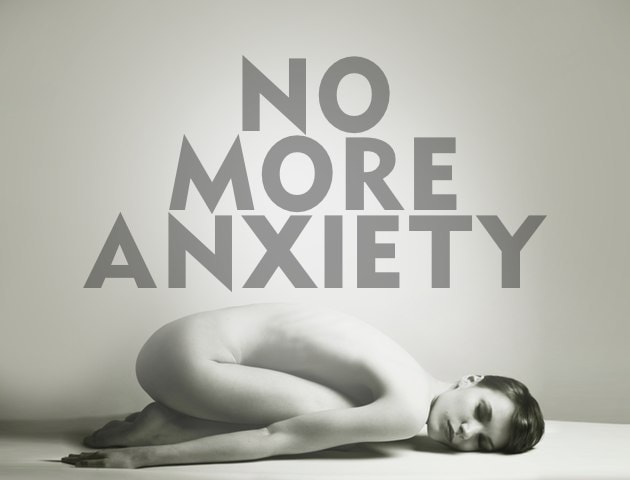Anxiety is something we all experience. It’s a normal reaction to modern life and usually comes in the form of mildly annoying thoughts of worry or concern about future events. Along with those thoughts comes the racing heart and sweaty palms.
For some, these thoughts and accompanying sensations can become quite persistent and overwhelming and can seriously impact daily life.
Having experienced both mild and chronic forms of this condition, I fully believe in the healing powers of yoga and meditation as a way of both coping with and overcoming anxiety. My practice gave me a much deeper level of awareness as well as tools that helped me lessen the impact anxiety had on my life.
Here are a few ways the four key areas of yoga can help with anxiety.
1. Practice Breathing (Pranayama)
The breath is the best place to start as it has the ability to calm us down—quickly.
Anxious thoughts can cause rapid and shallow breathing (usually from the chest and shoulders only), which can actually increase anxiety and make us feel more wired. Any pranayama or yoga breathing technique will be of assistance, but here are three simple practices that can greatly help with anxiety.
Simple Breath Awareness
This is simply becoming aware of your breath and noticing how it is flowing. Try to focus on the flow without trying to influence it. This simple act of focusing the mind will eventually slow it down, and you will also start to develop a greater awareness of how you are breathing day to day.
Abdominal Breath
This breath is very calming for the body and the nervous system and as with Breath Awareness above, will also help the mind slow down.
- Start with Simple Breath Awareness.
- Then, take your focus to your abdomen.
- As you inhale, feel your abdomen and lower ribs expand outwards, and as you exhale, feel them contract. The chest and shoulders should remain still and there should be no strain at all. Try to make the inhalation and exhalation equal in length.
Left Nostril Breath
The left nostril relates to the right hemisphere of the brain and breathing through it activates a nurturing, calming energy (via the Ida nadi).
- Sit with a straight spine and start with Simple Breath Awareness.
- Block the right nostril with the right hand thumb and breathe in and out of the left nostril.
- Keep your focus here and feel yourself relax more with each exhale.
2. Practice Asana
With anxiety comes tension and stress, which can accumulate in the physical body. Yoga helps us release that tension through the practice of asana and relaxation.
While there are many postures that can help, like Child’s Pose, Legs Up the Wall Pose, and Savasana in particular, it is also the way we practice that can be of most benefit. Try to soften and surrender as you perform each asana and maintain breath awareness to keep the mind focused.
Asana can also help us shift energy in the physical body. A few rounds of sun salutations or flows will be beneficial, but again try to practice in a way that is soothing and nurturing.
3. Practice Meditation
An anxious mind is usually over active and easily agitated.
Meditation helps to slow down the mind which has a calming effect on the entire mind-body complex. A regular practice will help you become familiar with your minds particular patterns and triggers and allow you to reduce the impact your thoughts have on you.
Check out this beginners guide to mediation. It really is easier than you think!
4. Lifestyle And Philosophy
Lifestyle can have a part to play in anxiety, and obviously things like alcohol, caffeine, and stress can add fuel to the anxiety fire.
Yoga teaches us to become more loving and understanding of ourselves and the world around us, and it also encourages us to respect and nurture our bodies with healthy, nutritious food that supports and balances us.
Not to say you need to follow a vegetarian diet, but eating and living in a mindful and loving way will go a long way in helping to ease anxiety.
It is worth noting that while yoga can certainly help to reduce anxiety, it may not be appropriate as a sole source of treatment. The ideas in this article are based on my experiences with yoga and my own anxiety and should in no way interfere with the opinion of a medical professional.


